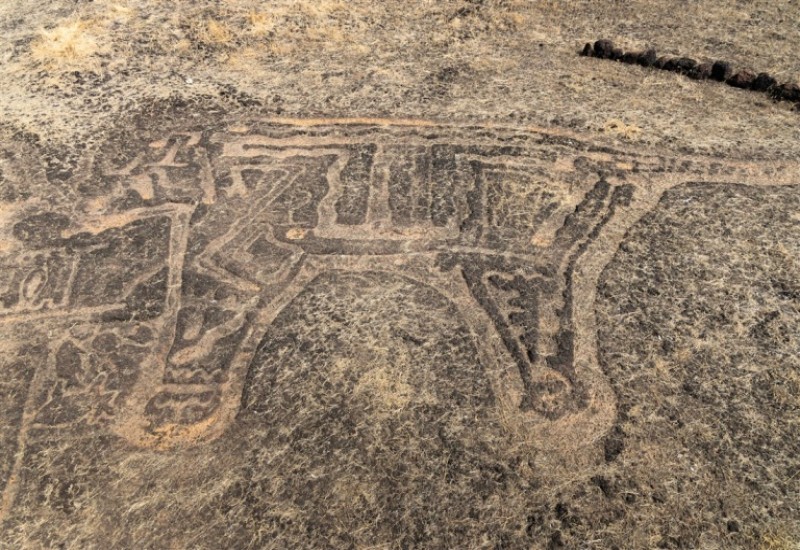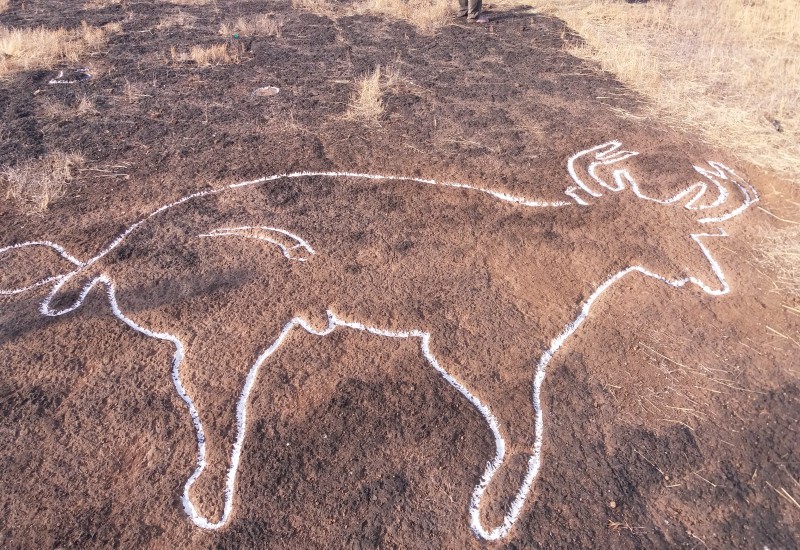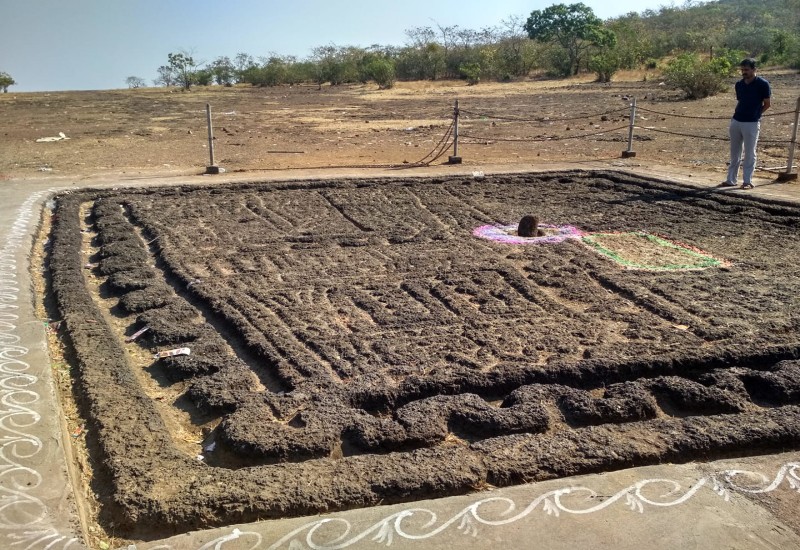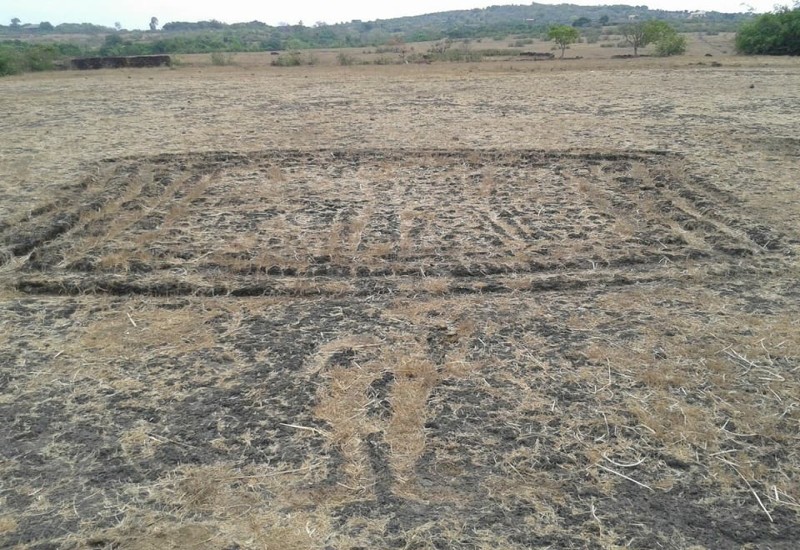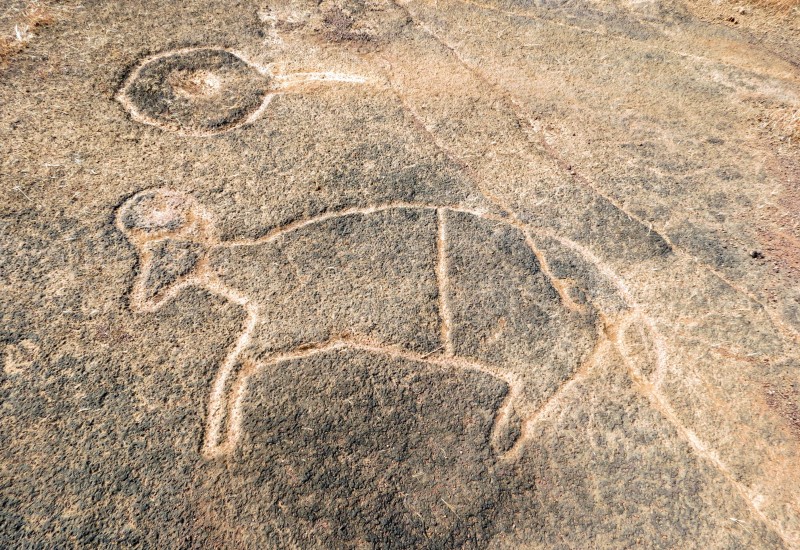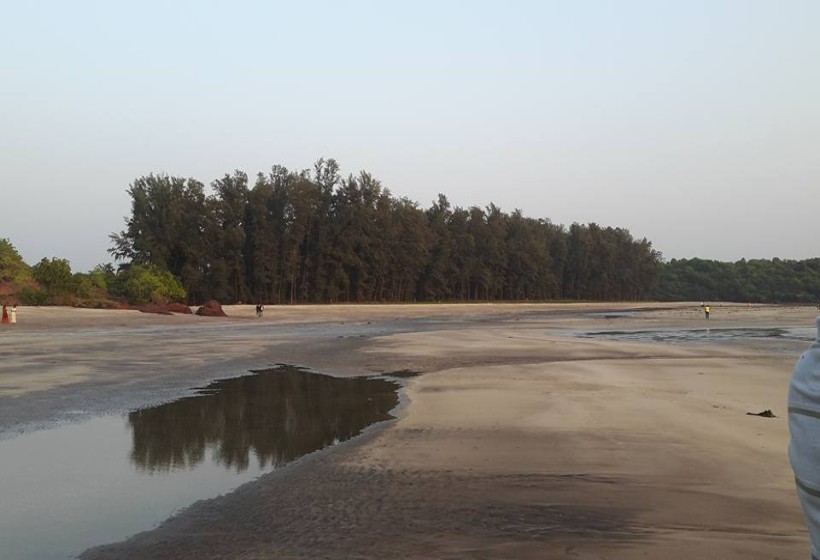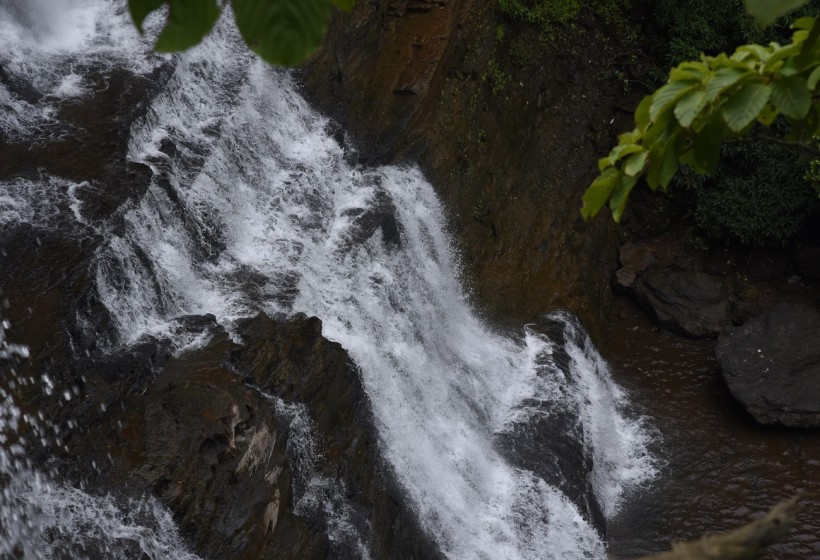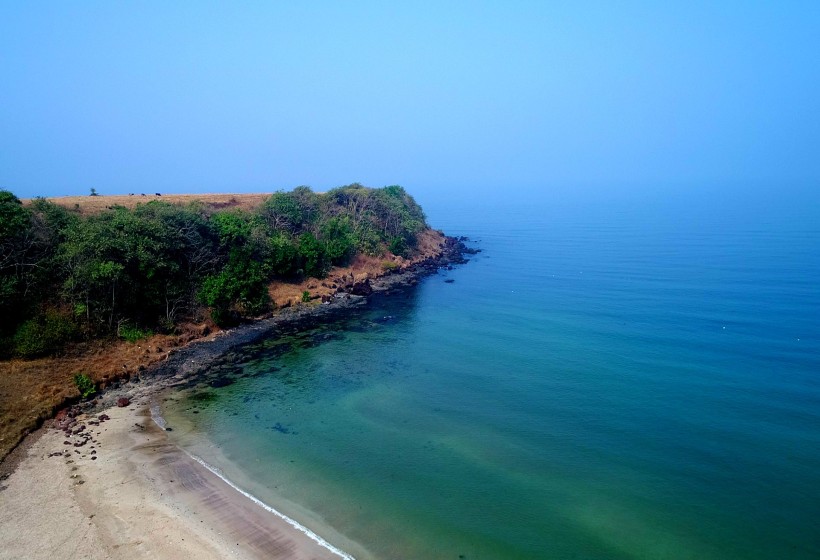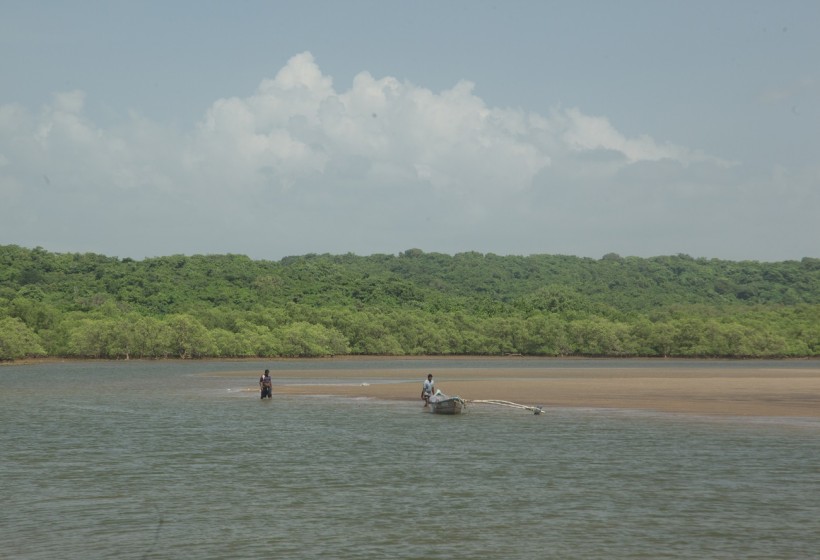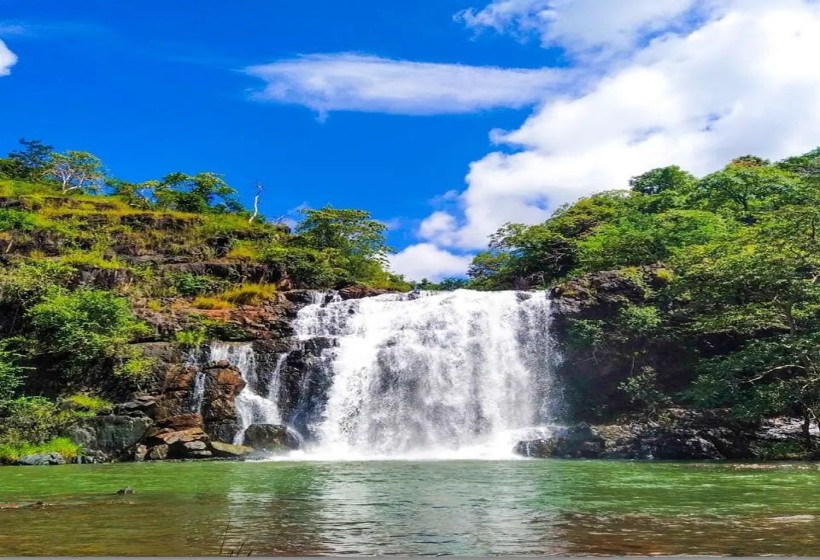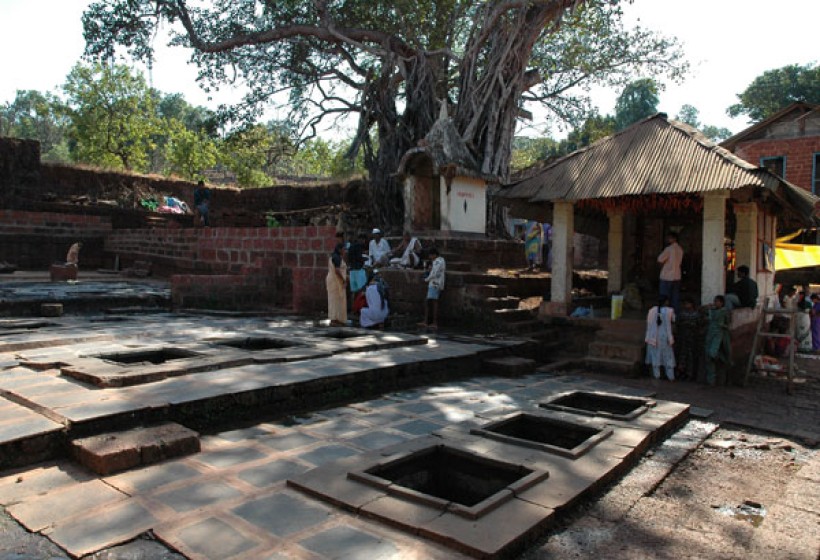
Rock Carvings / Petroglyphs
You cannot miss the sculptures which are beautifully carved on the open and vast lateritic plateaus in Ratnagiri. These magnificent rock carvings are made in hard lateritic rock during the Pre-historic era, almost 10,000 years ago. Even though these sculptures which are made of various animals, birds, geometrical structures and ancient hieroglyphics are very mysterious, yet they are a beautiful man-made invention.
Advertise with us banner image here
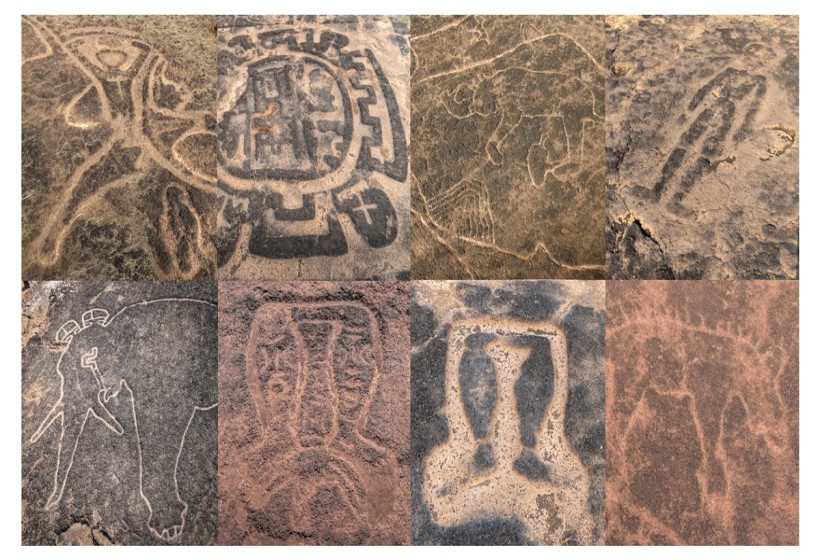
- Nearest Bus Depot
- Nearest Railway Station
- Nearest Airport
- City Approach
About Rock Carvings / Petroglyphs
The Konkan region, is home to a remarkable collection of ancient rock art. These petroglyphs, some of which could date back as far as 10,000 years, offer a unique glimpse into the lives and beliefs of the region’s early inhabitants. Spread across areas in Maharashtra, such as Ratnagiri and Sindhudurg, these carvings depict a wide range of subjects, from animals like elephants and tigers to geometric patterns and human figures.
More than 280 sculptures have been found in vicinity of Ratnagiri, Rajapur, and Lanja in the Ratnagiri district. Who carved these mysterious sculptures on these plateaus? What was their purpose? What did the ancient man intend to tell us through these sculptures? Although its official information is not available today, more research is being conducted by the scientists. In many places, the size of the carvings of the elephants and tigers are as big as the actual animals. You can also see the carvings of a crocodile, tortoise, fishes, and snakes.
But in all the sculptures, you get to see human carvings the most. As geometrical shapes were excavated in the square of Gawadewadi and Nivali phata, the purpose of this carving is yet undiscovered. Many of the sculptures are unfinished but most of them have been carved clearly and beautifully. Shree Sudhir Rishbud and Shree Dhananjay Marathe, the enthusiastic researchers of Ratnagiri, have thoroughly studied these sculptures and made a classified list of them. They have marked the similarities and differences found in the sculptures with their hard work.
The rock art of Konkan is primarily carved into laterite rock, a type of iron-rich stone common in the area. The artists skillfully chiseled the images into the rock surface, creating deeply etched figures that have endured the test of time. Interestingly, many of these carvings are located in open fields or near ancient water sources, suggesting their importance in rituals or daily activities.
What makes the Konkan rock art particularly intriguing is its mysterious origins. The precise creators of these petroglyphs remain unknown, as does the exact time period they were made. Some scholars believe they could be linked to the Mesolithic or Neolithic periods, while others suggest they might be connected to more recent prehistoric cultures.
Despite their historical significance, many of these sites are still relatively unexplored and undocumented, raising concerns about their preservation. However, recent efforts by local enthusiasts and scholars have brought attention to these ancient artworks, highlighting their importance as cultural treasures that offer invaluable insights into India’s prehistoric past.
Video Credis: Maharashtra Tourism
Video Credits: History TV18
Disclaimer: Travel Konkan claims no credit for images or videos featured on our blog site unless otherwise noted. All visual content is copyrighted to its respectful owners. We try to link back to original sources whenever possible. If you own rights to any of the images, and do not wish them to appear on Travel Konkan, please contact us and they will be promptly removed. We believe in providing proper attribution to the original author, artist or photographer.
Map
Traveler's Testimonials



